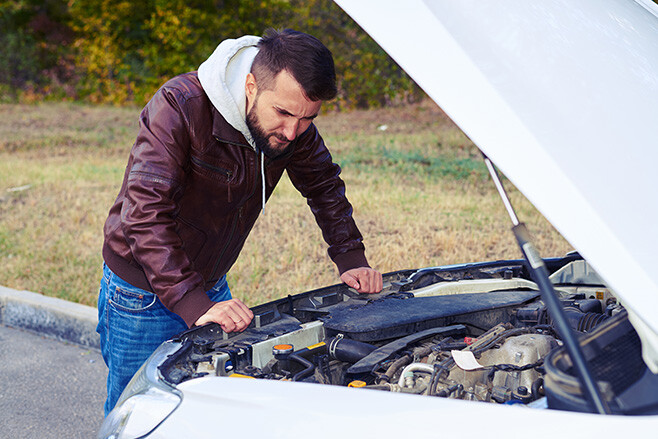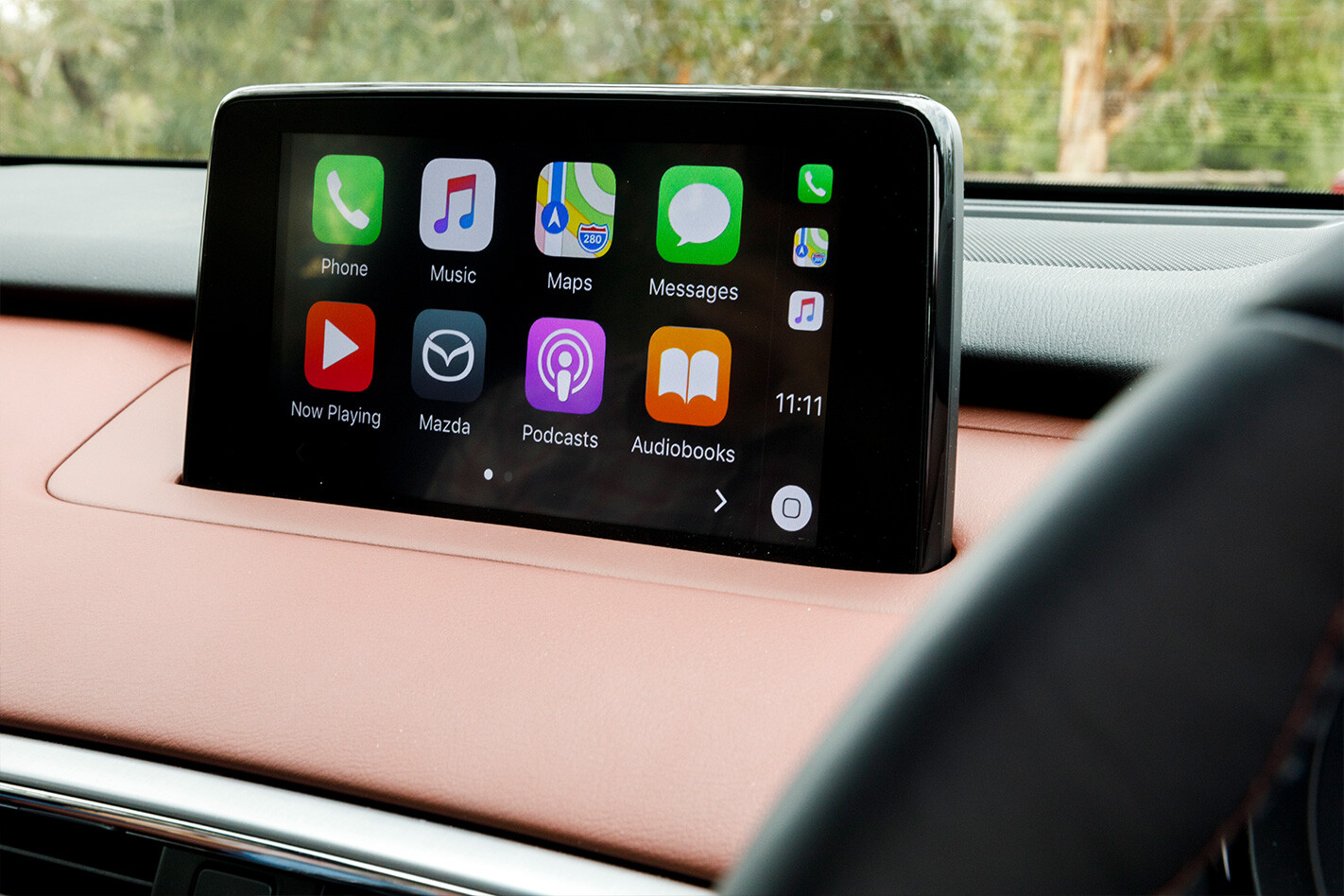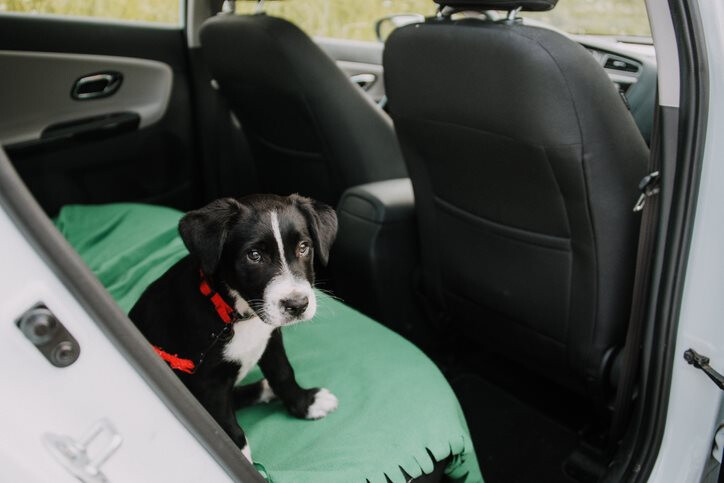Christmas is a major event for many of us and a welcome slowdown for most, with the line-up of Christmas Day, Boxing Day and New Year’s Day encouraging a lot of people to leave town for a decent break.
And given the state of travel over the past couple of years, a lot more of these trips will be done on the road.
Sadly, just like Easter, Christmas is one of the worst times on our roads for accidents, demerit point penalties, licence losses, and for peak-time traffic gridlock.
The key to avoiding these pitfalls and staying safe on the road is all in the preparation.
Check your vehicle
There is nothing worse than a breakdown on holiday, particularly when many businesses close for the break, or have a captive audience to charge top dollar to get you back on the road again.
Be sure to have your car serviced early if it’s coming up, and at the very least, check your fluids, wipers and tyres – including your spare!
With the holiday season in mind, the Federal Chamber of Automotive Industries (FCAI) has asked motorists to be especially vigilant in identifying areas where their cars might need attention.
The FCAI’s Genuine is Best program has published the ‘Twelve Checks of Christmas’, offering up a simple checklist of items to be ticked off when preparing for a roadtrip.
“On holidays, we’re driving our cars further than usual, but that’s not all. We’re packing them with passengers and presents before heading onto unfamiliar, often high-speed roads.

There’s highway congestion, twisting country roads and summer heat to contend with,” said Tony Weber, chief executive of FCAI.
“Little things can make a difference to road safety. A car equipped with the latest safety equipment can’t replace worn tyres or see an oil leak.
“Before you take on Christmas traffic, give your car a once over, and if you aren’t sure, check Genuine is Best’s guide:”
1. Get a Grip – Check Your Tread
2. Rubber Side Down – Damage Check
3. Pump It Up – Tyre Pressure Check
4. Don’t Be a Drip – Oil Leak Check
5. Stay Chill – Coolant Check
6. Dipstick Dive – Oil Level Check
7. Ho Ho Hoses – Hose Check
8. Registration Procrastination – Rego Check
9. Takata Check, Today – Recall Check
10. Leave the Leaves – Debris Check
11. Clean the Car – Interior Check
12. Genuinely Safe – Parts Check
Plan your time and route, and consider the road less travelled
The Friday afternoon exodus can be chaotic, with the usual gridlock of home-going workers doubled up with families and friends trying to sneak off early.
It can often be better to leave later on the Thursday, after the peak hour flow, or first thing Friday morning, than adding to the gridlock and getting the red mist of road rage.
Part of the adventure can be taking the scenic route, or taking roads that get you away from the highways – and the traffic.
Provided you aren’t in the peak hour times, going via the old roads can be far more enjoyable, and you can indulge in some great turns, good food and stunning vantage points.

Get appy
Check out and download some live traffic apps, and review your route before you go – especially in these current conditions.
Live updating navigation like Waze and Google Maps can track your route and find alternate ways around roadblocks and traffic on demand, while downloadable apps such as Live Traffic (NSW) provide congestion information overlaid on live time maps, letting you know if your gridlocked road frees up around the next corner, or whether you should take the next exit and find another way around.
These apps and websites usually offer live camera feeds, speed camera locations and major roadworks as well. Of course, these should be in the hands of your passenger – even in a cradle, using apps like these can be too distracting for a driver while the vehicle is in motion.

Other apps from various organisations such as the State Emergency Services, rural fire brigades and Surf Life Saving Australia can be very useful to provide a safety heads up different areas you may be travelling to.
Driver reviver, rest areas and stopovers
You should stop and stretch for at least 10 or 15 minutes every two hours; so when you plan your route, plan your rest stop.
Each holiday season, up to 200 Driver Reviver Sites can be found on major roadways across Australia. Run by volunteers and sponsored by tea and biscuit companies, the Driver Reviver sites aim to reduce fatigue by serving up free tea, coffee and a bikkie by the roadside. A list of sites can be found at the link above.
Rest areas have improved immensely over the past decade, and some particularly pretty stops with clean facilities can be found along major routes.
And of course, there are fabulous cafes and hidden gems in most towns, so be sure to get off the highway and get your traditional scones and jams from the country café or big burger at the truck stops.
Travelling with children
There was a time when keeping kids happy, refreshed and entertained during a road trip meant giving them a pack of chips and encouraging them to play ‘I Spy’ or to sing along to the radio. And if they got too unruly all you had to do was warn “shush, police” whenever you spotted a cop car.
But kids have their limits and even as car interiors improve and infotainment systems became more advanced they can still become bored and irritable leading to inevitable rear-seat conflict.
Travelling with pets
If you aren’t taking your beloved furry family with you, be sure that someone you trust is aware that they are home and can access them.
Even if you are just tripping away from home overnight and leaving food out, you must let someone (preferably with a key to your place) know about it. If you are involved in an accident or mishap, your animals can be looked after.
If you are travelling with your pet(s) be sure it’s safety restrained. It’s not uncommon to see pets unrestrained in cars, sitting on drivers’ laps or hanging their head out an open window, but these situations can end in disaster or serious injury.

Each state in Australia has its own set of rules and regulations so be sure to look up any laws of states you’re travelling through.
Know the double demerit days
Not that we should be speeding or breaking the law on any day – but double demerit periods are even more incentive to take it easy and be extra attentive behind the wheel.
Check with your state’s road authority to find out the dates which double demerits will be in effect.
Driving at night or towing
Both driving at night and towing can be quite stressful and tiring for a driver, even if you don’t realise it.
You need a bigger braking gap in both instances, and constant checking in mirrors or peering into the darkness can speed up fatigue. Be sure to take more breaks, and factor this into the timing and planning of your trip.
Article courtesy of Whichcar


